With the coming of the COVID-19 pandemic, so many things have changed. The Parkrose Clinic is temporarily closed and Dr. Halbert is moving his practice to a new location on NE Russell St. just off MLK, above the old Russell Street BBQ. The new location is not yet open, but he is seeing limited patients at his humble home office on SE 63rd Ave in the meantime.
In order to comply with all board and state orders, he is currently seeing only patients whose condition will significantly worsen without care OR who would otherwise need to seek urgent or emergent care for pain management OR who may be harmed by postponing care, including but not limited to recent motor vehicle crashes. If you require care as limited above, please do book here. In light of the virus, Dr. Halbert asks that you wear freshly laundered clothes, wash your hands as you leave your house, and bring face protection the wear throughout the visit. He will be doing the same, and using extra cleaning procedures on the table and door knobs between patients to help minimize the risk of transmission.
If you have any concerns about needing treatment or your health records during this transition, please contact Dr. Halbert at evanchiro@gmail.com.
Please be safe out there everyone!

